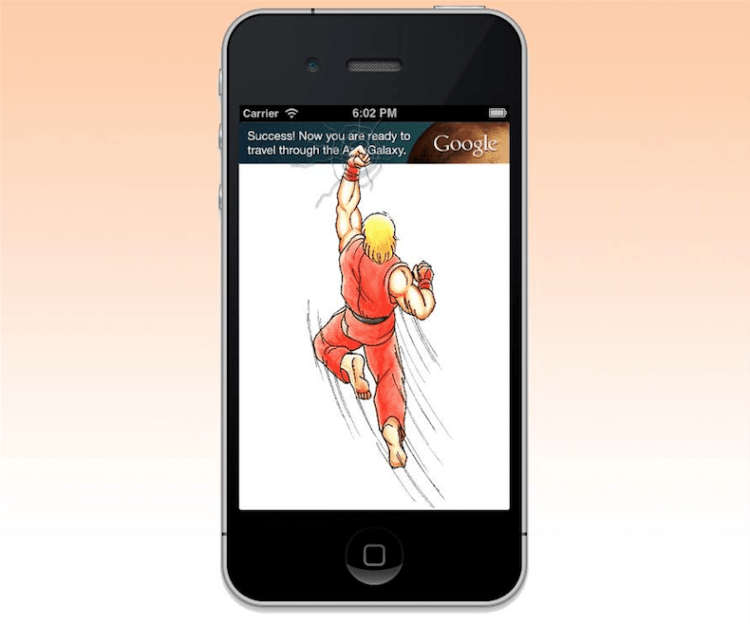The banner ad is 16 years old. Ash Kumar thinks it’s time to kill it.
Kumar is the CEO of mobile marketing company TapSense, which today announced its native ad marketplace for publishers. Through the newly launched marketplace, publishers can run mobile video, web-view, and app-install ads from TapSense’s network of 300 partners.
Unlike banner ads, native ads attempt to match the context of users’ experience wherever they appear, blending seamlessly with (or even mimicking) the other content. The most recognizable example of native advertising is on Facebook, which inserts sponsored posts into users’ news feeds. But plenty of other platforms and publishers are readily adopting the new form of marketing (expect to see a lot more of it on Twitter in 2014).
“If you have an application like a news feed or texting or e-commerce, a native experience makes a lot of sense compared to banner ads,” Kumar told VentureBeat.
Banner ads have pretty atrocious engagement on mobile devices: a 2013 report from DG MediaMind pegged click-through rates at below one percent. A study by Sharethrough and the IPG Media Lab suggest native ads perform substantially better. Consumers are actually clicking and sharing, which means more money for publishers.
It also means more control. With banner ads, ad companies provide the ad units. Native ads flip that equation, enabling publishers to create their own ad format, with ad agencies bidding to fill that ad unit. (Some industry experts anticipate the arrival of a standardized native ad-serving template, however.)
“Native ads bring more control and transparency to the publishers,” said Kumar, “but at the same time, you get 10 times better CPMs [cost per thousand ad impressions].”
Since its September 2011 launch, TapSense has quickly gained traction in the mobile ad market, mostly by serving interstitials (those full-screen ads that pop up between rounds of Words with Friends and other things). It has over 100 customers, including Fab, Amazon, and eBay. But more impressively, it’s already profitable, so it hasn’t needed to raise new funding since its September 2011 seed round.
The company claims it’s registering up to 10 billion ad impressions a month, “and that’s growing really rapidly,” said Kumar. The launch of a native ads marketplace should only further kickstart the company’s growth, though it isn’t alone in its desire to dominate the native ads market, which includes companies like Airpush, Namo Media, and AdsNative.
“There are brands who are waiting on the sidelines,” said Kumar, “but the great news is that consumers have adopted mobile platforms and technologies. The brands and dollars will follow.”
While only 10 percent of the $40 billion advertising market made it to mobile last year, its future is mobile — and better user experiences are going to win.






![Reblog this post [with Zemanta]](http://img.zemanta.com/reblog_e.png?x-id=e775c383-a4fd-4721-80b6-a5563136a335)

